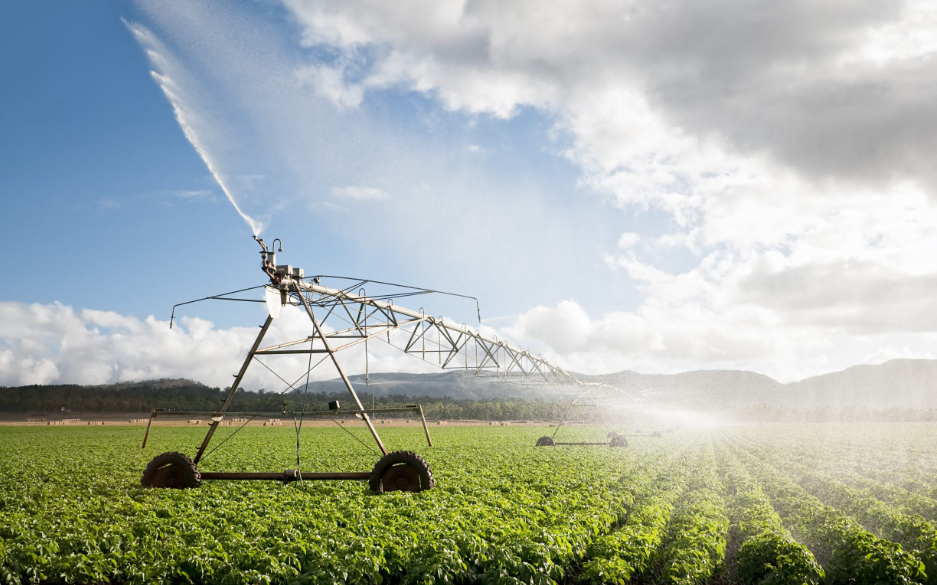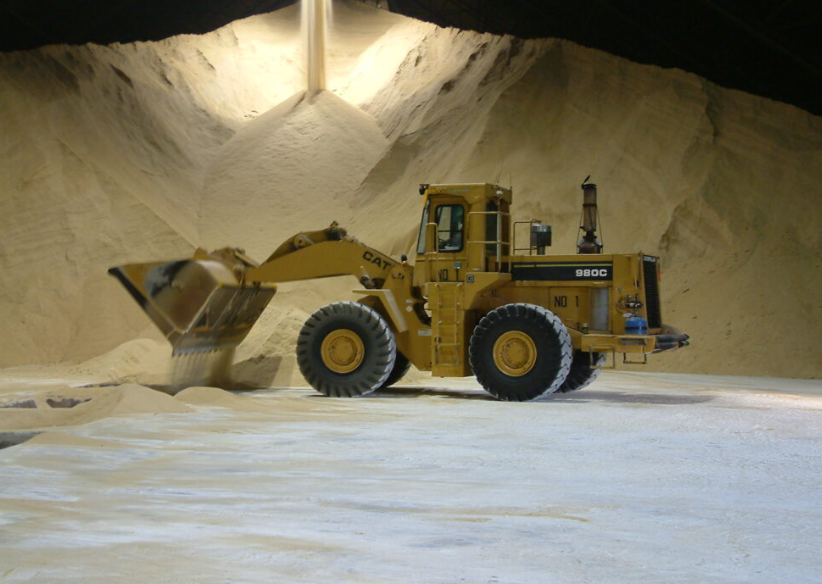The world of sweeteners is a complex tapestry, woven together by an intricate web of processes, products, and people. This global enterprise, more commonly known as the sugar industry in Australia, is not just about the production and sale of granulated sweetness. It is a multi-faceted entity with numerous components that contribute to its overall operation.
Sugarcane Bagasse: The Unsung Hero
One of the most intriguing aspects of this industry is the utilization of sugarcane bagasse. This often-overlooked byproduct of sugar production has immense potential. Bagasse, derived from lignocellulosic biomass, is increasingly seen as a valuable resource, particularly in the context of second-generation sugars. These sugars hold the key to transforming sugarcane waste into biofuels, bioplastics, and other renewable materials.
Sugar-Based Ionic Liquids: A New Frontier
Imagine a world where sugar doesn’t just sweeten your coffee but also powers your car or charges your phone. This might soon be a reality thanks to sugar-based ionic liquids. These compounds, derived from uronic acids found in plant biomasses, are being explored for their potential in energy storage and transfer.
Sugars: More Than Just Sweetness
Sugars are not just simple sweeteners. They are multifaceted molecules that play pivotal roles in cellular functions. Acting as both an energy source and a signalling molecule, sugars influence the entire life cycle of plants. This dual function underscores the complexity and versatility of these sweet molecules, and their importance extends far beyond taste.

The Historical Influence of Sugar
The rise of sugar has had profound historical implications. In England, for example, the growth of the sugar industry was closely intertwined with the nation’s industrial and capitalist development. Sugar was not just a commodity; it was a driving force that shaped economic, political, and social landscapes.
Enhancing Sugar Mill Operations
Efficiency and recovery are critical aspects of sugar production. Numerous studies are being conducted to improve these parameters, with a focus on measurements, analyses, and investigations into the various elements of sugar mill operations. These efforts underscore the ongoing quest to optimize the sugar production process.
Sugars and Cold Tolerance in Plants
Interestingly, sugars have been identified as key players in enhancing cold tolerance in plants. Certain soluble sugars act as countermeasures against cold stress, underscoring their multifunctional role.
In conclusion, the sugar industry in Australia is a complex and diverse entity, encompassing much more than the production of sweet granules. From bagasse to ionic liquids, from cellular signalling to historical influence, each facet adds to the richness and depth of this global enterprise.

